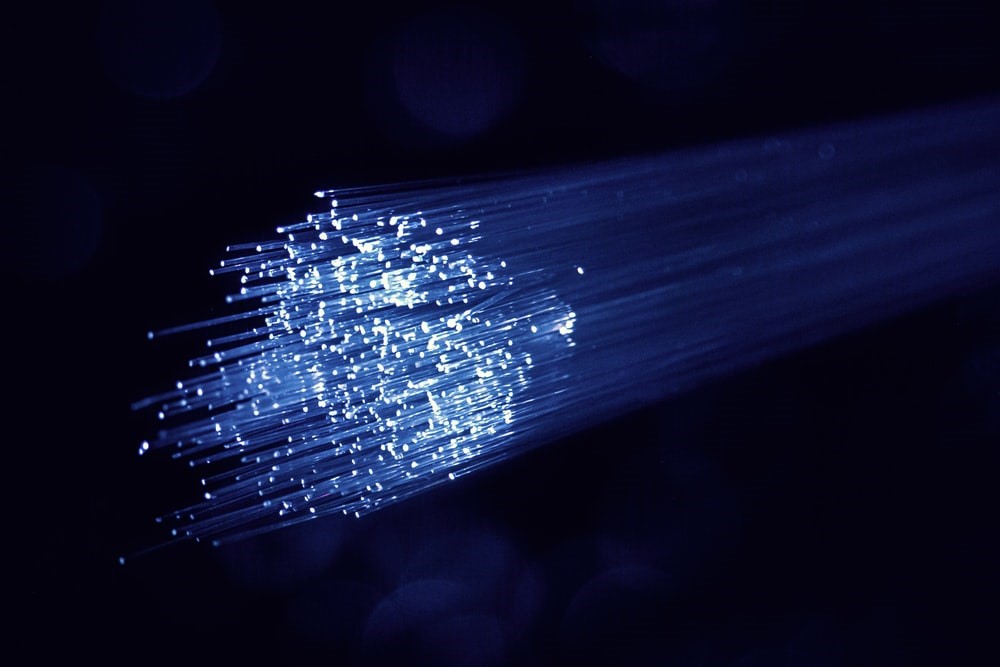3 Things to Consider When Going Down the Fiber Route
Fiber optics are an incredible technology offering numerous benefits to anyone who uses it. However, the installation should be done carefully and correctly to properly benefit from fiber optics. Here are 3 things you should consider when installing fiber optic cables.
3 Things to Consider When Going Down the Fiber Route
1. Fiber Optic Cable Slack
While a bit of cable slack may seem like a waste of capital during the installation, this extra bit of cable can come in handy down the line. For instance, you have a damaged fiber optic cable a few years ahead in time; you can cut out the damaged part and use the slack to compensate for the removed length.
This means that you’ll only require one splice point instead of two. The latter would’ve been the case if you did not have any slack in doing so, requiring you to splice together an additional length of wire.
2. Duct Sectionalizing
If a duct or conduit is to be used for multiple fiber optic cables, it is recommended to sectionalize the interior space of the duct or the conduit. This will help prevent the entangling of the cables and the consequent service or signal disruption that might occur.
It’s important to make sure that the inner duct is designed and installed linearly, avoiding any twists or turns. This helps minimize the cable pulling tension.
3. Maximum Vertical Rise
The maximum vertical rise of optical fiber cables is a function of the tensile strength and the weight of the cable. Maximum vertical rise essentially entails the greatest vertical length the cable can be pulled without the use of intermediate support points.
Following are some guidelines for vertical installations:
- It is crucial to secure the cable when the maximum vertical rise has been reached
- The location of the attachment point should not necessitate a breach of the cable’s minimum bend radius
- The vertical cables need to be attached at the top of the run
Conclusion
Following the 3 tips mentioned above will help you avoid some major problems when installing fiber optic cables and ensure an effective installation that will benefit your business for many years to come.

